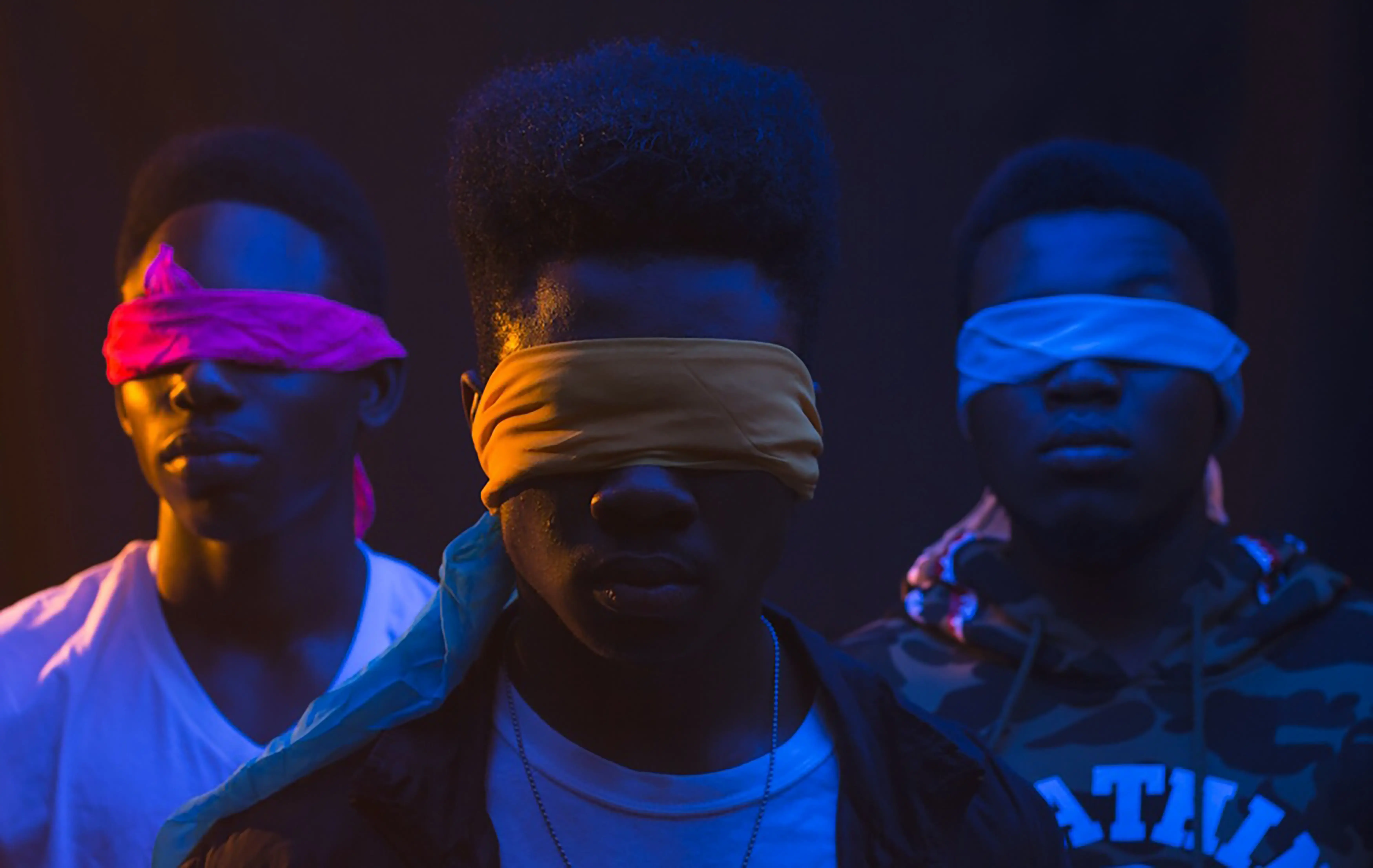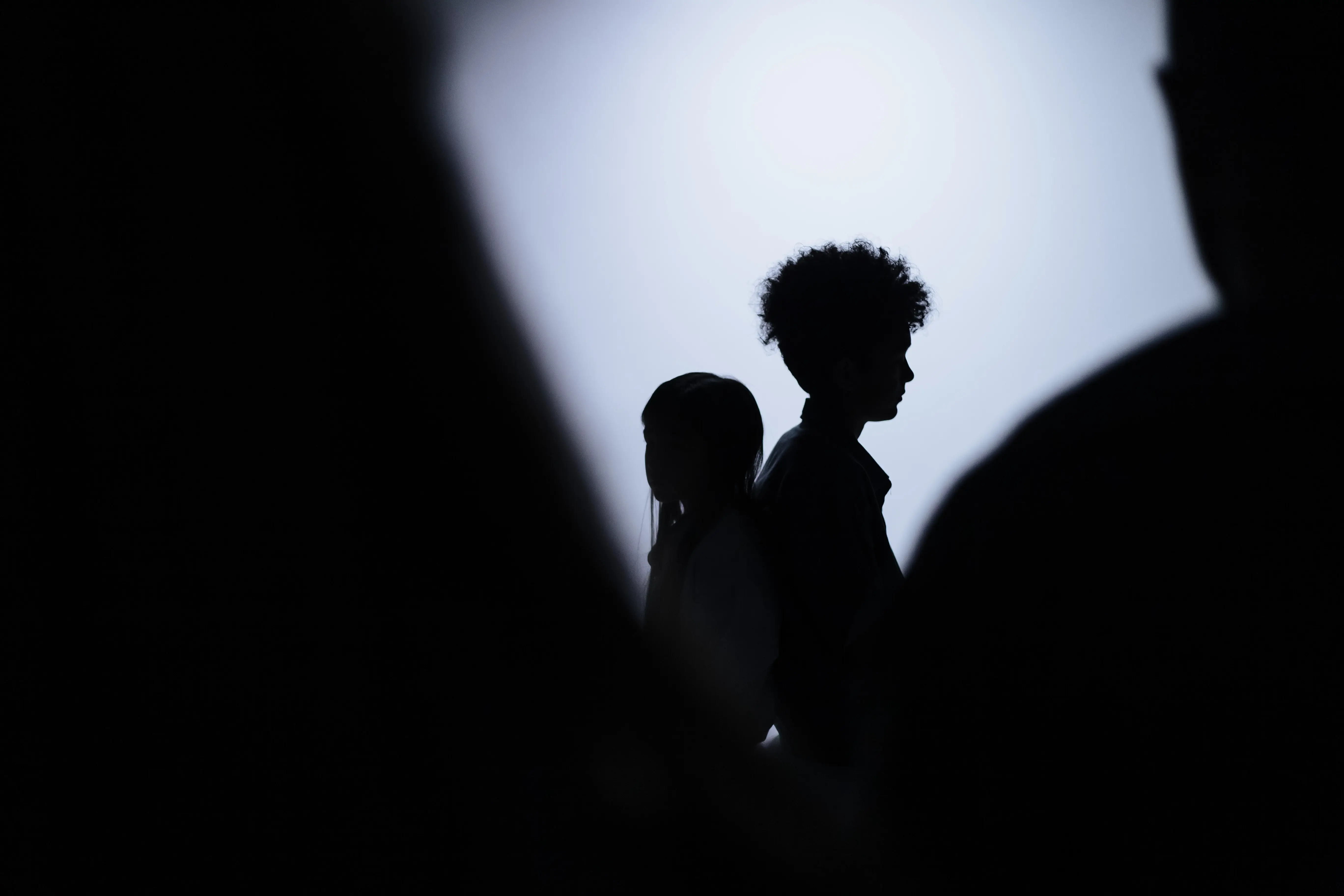Introduction
The previous decade has recorded a decline in the number of children caught in the process of criminal justice. It is well established the reasons as to why several children engage in crime and violence. Children experiencing trauma or being raised in turmoil with no adequate protection and support are a significant concern. Certain people also target their vulnerabilities for personal gain. Most children have been neglected by child protection systems obligated to maintain their safety from harm before arriving at a police station. A good number of children sentenced are assessed to be requiring additional state support while others are mental health issues. We look into the strategies and challenges faced by the states in Brazil and Mexico in mitigating children’s injustice (Dempsey, 2020).
Progress in Brazil
Brazil is a signatory to the Universal Declaration of Human Rights being a member of the United Nations. In the Universal Declaration, Article 25(2) provides equal social protection of all children born within or outside wedlock. The United Nations would later expand this theme to include Child Rights Declaration. The declaration purposed to be the foundation of further Child Rights Convention. On 21st November 1990, Brazil availed Decree number 99,710, approving the United Nations Convention on Child Rights to be fully acknowledged in Brazil’s law. Brazil additionally incorporated Decree Number 5,007 to promulgate The United Nations’ Optional Protocol Convention on Child Rights on Sale, Child Pornography, and Child Prostitution. There was also another Decree number 5,006 that promulgated United Nation’s Optional Protocol Convention on Child Rights on armed conflict children involvement (Nogueira, 2019)
Within the Organization of American States, Brazil is a member of the Inter-American Convention on Children International Return and promulgated the Convention on Decree number 1,212. Brazil ratified the Inter-American Convention’s Conflict of Laws about minors’ adoption via Legislative Decree number 60. The law was later promulgated through Decree number 2,429 on 17th December 1997. Brazil also availed Decree number 2,740 that promulgated International Minors’ Traffic stipulated in the Inter-American Convention on 20th August 1998. Hague Convention on Child Protection and Cooperation regarding Inter-Country Adoption was promulgated through Decree number 3,087 on 21st June 1999. The Brazilian government also enacted international Child Abduction’s Civil Aspects within the Hague Convention through Decree number 3,413 on 14th April 2000 (Nogueira, 2019)
On 16th September 1999, through Decree number 3,174, Brazil mandated central authorities responsible for undertaking duties declared by Hague Convention on Children Protection and Cooperation regarding Inter-Country Adoption. Brazil created the National Council of Brazilian Central Administrative Authorities, instituting the National Program on Cooperation on International Adoption. Decree number 3,597 was issued on 12th September 2000 promulgating Child’s Labor Worst Forms in the International Labor Organization’s Convention number 182 and International Labor Organization’s Recommendation number 190. The Decree was concerned with prohibiting and immediately eliminating Child’s Labor Worst Forms. Brazil further issued Decree number 4,134 that promulgated International Labor Organization’s Convention number 138 concerned with the minimum age for employment and Recommendation number 146 (Schneider, 2019)
To further minimize children’s injustice, Brazil has made a tremendous shift in its position on child labor. There has been a deviation from mild tolerance to strenuous efforts in minimizing child work. The powerful commitment began in the mid-1990s upon the election of Fernando Henrique Cardoso as President. The President declared child work a human rights abuse and an abhorrent activity. The government showed a solid willingness to eradicate child labor by implementing concrete measures. The President mandated programs involving cash transfers to families to keep children in school or away from work. He also instituted enforcement and inspection of child labor at the state level. Target programs that also inspected industries and other sectors were formulated. From that time, child labor has been massively reduced (Piza & Souza, 2017).
Challenges in Brazil
In 1998, Brazil constituted reforms about the minimum age for work to be fourteen to sixteen years. The amendment was a tremendous legislative reform to measures advocated by the government to eliminate child labor. In principle, the law could have been effective if uniformly applied across various sectors. However, from observations, legislations are not generally being enforced. With child labor and injustices still common in Brazil, legislations are oriented towards global political ideologies instead of genuine intentions. Proper enforcing motives rarely mitigate the laws. It also appears there is difficulty in noting the effect of ineffective laws. It is familiar law to compare child injustice levels close to the minimum working age that make it difficult to separate the impact of the policy from the stated period (Piza & Souza, 2017).
Progress in Mexico
The federal republic of Mexico consists of thirty-one states and has a federal district known as Mexico City. Child rights are protected through legislation passed both at the state and national level. However, the federal legislation is more relevant to Children’s Rights as crucial and highly extensive initiatives on Child Rights are regulated by Mexico’s federal law. Mexico’s Federal Civil Code defines the maximum age of a child to be eighteen years. However, instances may arise in which persons below eighteen years are allowed to control personal decisions and actions. For example, under certain situations, individuals below eighteen could marry as provided by the Federal Civil Code (Gómez, 2018).
The Mexican constitution enunciates Children’s Rights to satisfy their recreational, nutritional, educational, and health needs. The General Law on Health aims at health rights protection and the National Health Systems Objectives. Chapter five of the General Law on Health prioritizes and defines maternal and care of a child. This chapter calls for the minors’ protection, activities that support families contributing to maternal and child health, effective school hygiene standards and school children health services. The Law on Social Welfare regulates social services in Mexico. Social welfare services are an obligation of the federal health department supported by social security agencies such as private, State and local authorities’ institutions (Gómez, 2018).
The State has a responsibility to promote child dignity, respect, and a complete exercise of Children’s Rights provided by the Mexican Constitution. It also prohibits labor utilization of minors below fourteen years of age. Children below the age of sixteen are not likely to participate in industrial evening work or hazardous, unhealthy work. Children between fourteen and sixteen years old must acquire a medical certificate stating their work fitness. Working children are subjected to constant medical checkups performed by labor officials. Children below the age of eighteen cannot work outside Mexico except those with technical and professional training such as athletes, specialized workers, and artists (Gómez, 2018)
The Children Rights and Protection Law prohibit trafficking, drug and narcotic exploitation, sexual or physical abuse, and abduction. Guardians and parents should protect their children against exploitation, aggression, and trafficking. Federal Law and the Federal Criminal Code dealing with organized crime treat child pornography, minors’ corruption, and child prostitution felonies (Gómez, 2018). In 2005, the international human trafficking treaty was signed by the Mexican government. In 2007, Mexico formulated the first anti-trafficking policy, and later in 2012, the federal State put into action another anti-trafficking legislation that the government ratified in 2014. The ratification reveals the significant achievements in passing anti-trafficking laws (Correa-Cabrera & Sanders, 2018).
Challenges in Mexico
Despite all these efforts acting on Children Protection Rights is still a challenge in Mexico. Mexico remains to be an origin, transit, and landing point for the trafficking of human beings. Most victims find themselves in sexual and forced labor exploitation. The victims are forced to work in construction, agriculture, informal economy, domestic service, vending, food processing industries, and begging. The implementation of formulated laws has not been effective due to impairments in law enforcement (Correa-Cabrera & Sanders, 2018). Poverty is frequently cited for many children’s involvement in exploitative sexual habits. Several children that get into prostitution originate from families with an average income. Prostitution acts as a supporting mechanism for them as they reside along streets. Youths living in impoverished families have a higher occurrence of juvenile prostitution due to poverty (Estes & Weiner, 2016).
Conclusion
In conclusion, Brazil and Mexico have made strides in passing policies that protect children from child injustices. The legislation is internationally recognized and has substantially reduced children’s mistreatment in the countries. However, strategies should be put in place to deal with challenges in implementing the laws. Economic legislations should also be stipulated to eradicate poverty which is a significant cause of child labor.
Reference
Correa-Cabrera, G., & Sanders Montandon, A. (2018). Reforming Mexico’s Anti-Trafficking in Persons Legislation. Mexican law review, 11(1), 3-30.
Dempsey, M. (2020). Injustice or In Justice: Children and the justice system: December 2020.
Estes, R. J., & Weiner, N. A. (2016). The commercial sexual exploitation of children in the US, Canada, and Mexico. Philadelphia: University of Pennsylvania, School of Social Work, Center for the Study of Youth Policy.
Gómez, L. E. (2018). Manifest destinies: The making of the Mexican American race. NYU Press.
Nogueira, M. (2019). Displacing informality: rights and legitimacy in Belo Horizonte, Brazil. International Journal of Urban and Regional Research, 43(3), 517-534.
Piza, C., & Souza, A. P. (2017). The causal impacts of child labor law in brazil: Some preliminary findings. The World Bank Economic Review, 30(Supplement_1), S137-S144.
Schneider, N. (2019). Origins of child rights governance: The example of early child labor legislation in the United States and Brazil. Childhood, 26(3), 289-303.










